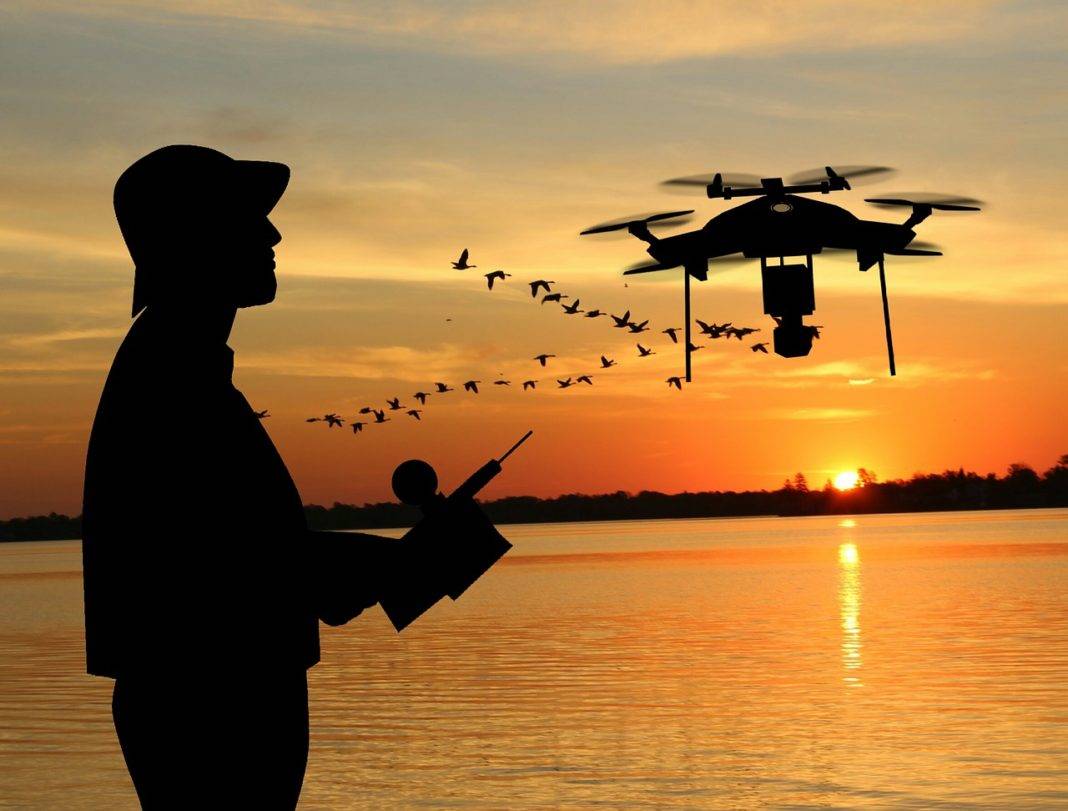Technology is a branch of science that uses knowledge and practical applications to facilitate human activity. It consists of thirty different types, including information technology, product technology, heavy engineering, and diagnostic technologies. Below we have discussed each type of technology in more detail. These technologies are integral to human life, from the creation of new products to improving the efficiency of existing processes. To learn more about technology, read this article! Then, you’ll be better prepared to choose which technology to use in your daily life.
Information technology
The term “information technology” describes any type of computing technology. This includes telecommunications, broadcasting, consumer electronics, and computing. These technologies are increasingly becoming digitized and widespread. The computer is the spearhead of information technology, and it helped spread IT into all areas of our life. Today, IT and communications technology are ubiquitous and interconnected. In the process, we use more information and communicate more effectively. In many ways, these technologies have changed our world.
The modern definition of information technology encompasses computers, storage, networking, and programming. It also includes the jobs involved in developing, maintaining, and using such technology. IT professionals work with organizations to identify their needs and show them the technology they need to run their businesses efficiently. They can also implement the technology and create new setups. The field of information technology is expanding at a rapid pace, and more than 50 billion devices will be connected by 2030.
Information technology is a growing industry, and many companies have opened their doors to IT workers. However, while IT professionals are highly skilled in many fields, some areas require additional education or certification. Some careers in IT require a two-year degree, while others require a bachelor’s degree or master’s degree. Even those with no formal education can begin a career in IT and develop their skills as their work experience grows.
Product technology
What are the types of product technologies? Product technology is any collection of technologies used to make a product work better. These technologies include hardware, software, and infrastructure. For example, a product may contain software and hardware, but it could also have infrastructure like servers, databases, and social networks. There are even mobile apps like Uber, Snapchat, and Foursquare. While the categories listed above are all part of product technology, some of the most popular examples include the following:
In contrast, product technology is sometimes compared to something else, as is the case with software. First generation products address software and hardware, while the second generation focuses on artificial intelligence and big data. Third generation tech products address new ways to work in organizations and with other people. Fourth-generation tech products address new ways of working that make work more flexible and agile. Product technology is the study of new ideas, techniques, and processes.
Heavy engineering technology
The course is designed to help students gain a working knowledge of heavy civil engineering. It consists of six learning modules. Each module covers a specific topic related to heavy civil operations. The content includes an overview of the fundamentals of heavy civil engineering, principles of soil mechanics, aggregate production, and earth moving operations. The learning modules also provide a critical analysis of key concepts in the discipline. The course can be delivered in a hybrid or inverted manner. The course materials are also available online.
The traditional uses of heavy engineering include transportation, construction, and capital-intensive manufacturing. Some traditional examples include steelmaking, artillery production, locomotive erection, machine tool building, and the largest types of mining. Today, heavy industries involve the construction of large structures and infrastructure, and they are also major contributors to climate change and greenhouse gases. Heavy industry is also associated with shipbuilding. The development of a country’s economy is closely linked to heavy industry.
As a result of this technology, large systems can be built. The assembly line, for example, has improved production processes dramatically. Additionally, manufacturing technology has led to improvements in product quality, better tracking, and systems analysis, and improved safety for employees. Heavy engineering technology also helps professionals build bridges, tunnels, and other structures. It makes construction processes faster and more efficient. Apart from manufacturing, other applications of heavy engineering include aerospace, mining, shipbuilding, and tunnelling.
Diagnostic technology
In healthcare, diagnostics are increasingly used in clinical settings. As a result, the diagnostics industry is receiving increased scrutiny and attention. The SARS-CoV-2 pandemic has put a strain on the commercial healthcare industry. New developments in the sector depend on the availability of equipment, consumables, and other resources. Moreover, the need for new technologies in health care is increasing due to resource constraints.
A variety of technology interventions are available to improve patient outcomes. The impact of a technology intervention is generally greater when it addresses multiple factors. Some examples of such interventions are the promotion of transparency, effective teamwork, and engaged patients, as well as robust learning systems. For example, a data mining approach can identify patients who missed follow-up appointments or whose tests were delayed. The information gathered can be used to contact patients to reduce preventable delays in diagnosis.
Diagnostic tests have improved in recent years, and the development of more accurate tests has made it easier to diagnose various diseases. These tests can detect diseases earlier than before, and in a more detailed way. Further, the technologies are becoming more user-friendly and more efficient. To learn more about diagnostic technologies, visit our dedicated section of the site. The next time you are in the market for medical devices, take a look at the technologies used to detect disease.
Space technology
Space technology involves the development of technology for activities in outer space. It is used in space exploration, spaceflight, and Earth observation, among other uses. The future of space technology lies in space exploration, and its development is important for the survival of human civilization. But, what is space technology, exactly? What are its uses and benefits? How does space technology improve our lives? Here are some examples of space technologies. Read on to learn more. This article introduces some of the most important applications in space technology.
Propulsion is a fundamental feature of spacecraft. Propulsion can come from the use of various fuels, including chemical reactions that release energy to propel the spacecraft forward. Nuclear fusion is another way to propel spacecraft. Rocket engines have helped propel spacecraft into space, while others use solar energy or a combination of solar energy and nuclear power. Another aspect of space technology is satellite manufacturing. This includes designing, fabricating, and integrating satellites.
In the coming decades, space technology will be focused on establishing colonies on other planets. For example, 3D-printed homes and outposts on Mars may become reality, and a nuclear power source could power the structures. This scenario could be possible as early as 2030. Elon Musk’s company SpaceX recently launched a Falcon 9 rocket that transported four astronauts to the International Space Station. The rocket is expected to make regular journeys to space.
Assistive technology
The ATIA provides valuable information about assistive technology through their Assistive Technology Online Professional Development Program. These webinars are free to attend and offer many benefits. The information is primarily geared toward practitioners and teachers, but is also helpful to parents and other members of the public. The webinars are recorded for future reference. Assistive technology is not a substitute for a physician’s care.
The World Health Organization (WHO) coordinates the Global Cooperation on Assistive Technology (GATE), which aims to increase access to high-quality, affordable assistive technology. This initiative aims to develop 4 practical tools. The WHO views the GATE initiative as a crucial step in realizing the Sustainable Development Goals (SDGs), universal health coverage (UHC) and the UN Convention on the Rights of Persons with Disabilities.
Assistive technology may include wheelchairs, scooters, and communication devices. It can also include software, communication devices, and specialized curriculum aids. Ultimately, these technologies help people with disabilities access computers and work, and can help them regain employment. Assistive technology can range from a simple pointing device to sophisticated screen-reading software. For example, JAWS for Windows and NVDA and Voiceover for Mac can read a computer screen for visually-impaired people.
Assistive technology helps people with disabilities read and write. Text-to-speech software translates spoken words into digital text. Voice-to-speech software is a growing area of assistive technology, and many people with dyslexia benefit from it. With a large number of speech sounds, these products are more accurate than ever. However, it can be difficult to learn to read without help.






